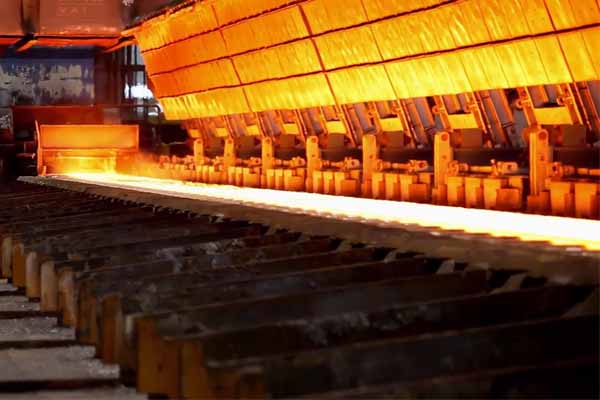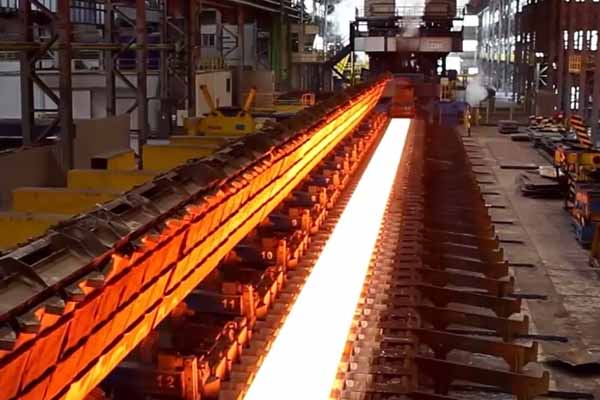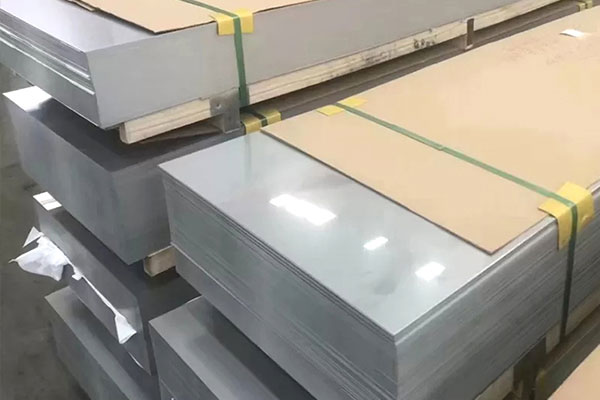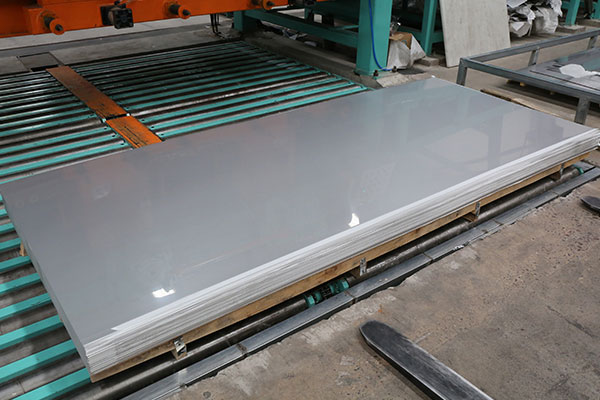Welding (including stainless steel welding, nickel alloy welding ) is a critical process in various industries, from construction to aerospace, where ensuring the quality and integrity of welds is crucial for safety and performance. Non-destructive testing (NDT) plays a key role in inspecting welds without causing damage. Several NDT methods are commonly used in welding inspections, each with unique advantages and applications. Let's explore some of the most prevalent techniques in more detail.
Visual Testing: Visual testing is a straightforward method where inspectors visually examine welds for surface flaws like cracks, porosity, and incomplete fusion. While effective for identifying obvious defects, it cannot detect subsurface flaws. Visual testing is cost-effective and easy to implement, making it a primary tool in quality control. However, it often needs to be supplemented with other NDT methods to provide a comprehensive assessment.
Radiographic Testing: Radiographic testing uses X-rays or gamma rays to create images of welds, revealing internal defects such as voids and cracks. This method provides detailed insights into the weld's internal structure but requires specialized equipment, trained personnel, and stringent safety measures due to radiation exposure risks.
Ultrasonic Testing: Ultrasonic testing employs high-frequency sound waves to detect defects within welds, offering high sensitivity and the ability to detect small subsurface flaws. It is versatile, suitable for various materials and welding types, and provides quick results without posing health risks to inspectors. However, skilled operators and precise calibration are necessary for accurate results.
Magnetic Particle Testing: Magnetic particle testing involves applying a magnetic field to the weld and iron particles to the surface to detect surface or near-surface defects. While effective for ferromagnetic materials, it cannot identify subsurface flaws and requires proper surface preparation.
Dye Penetrant Testing: Dye penetrant testing is a cost-effective method for detecting surface defects by applying a liquid dye to the weld surface. After a specific dwell time, excess dye is removed, and a developer reveals the defects. This method is straightforward and suitable for various materials but only detects surface flaws and necessitates thorough surface preparation.
The field of NDT is evolving with advancements in technologies like high-resolution imaging, digital radiography, computed tomography, and remote testing using drones and robotic systems. These innovations promise improved accuracy, efficiency, and user-friendliness in weld inspections, enhancing safety and quality assurance in welding processes.
 English
English Русский
Русский







